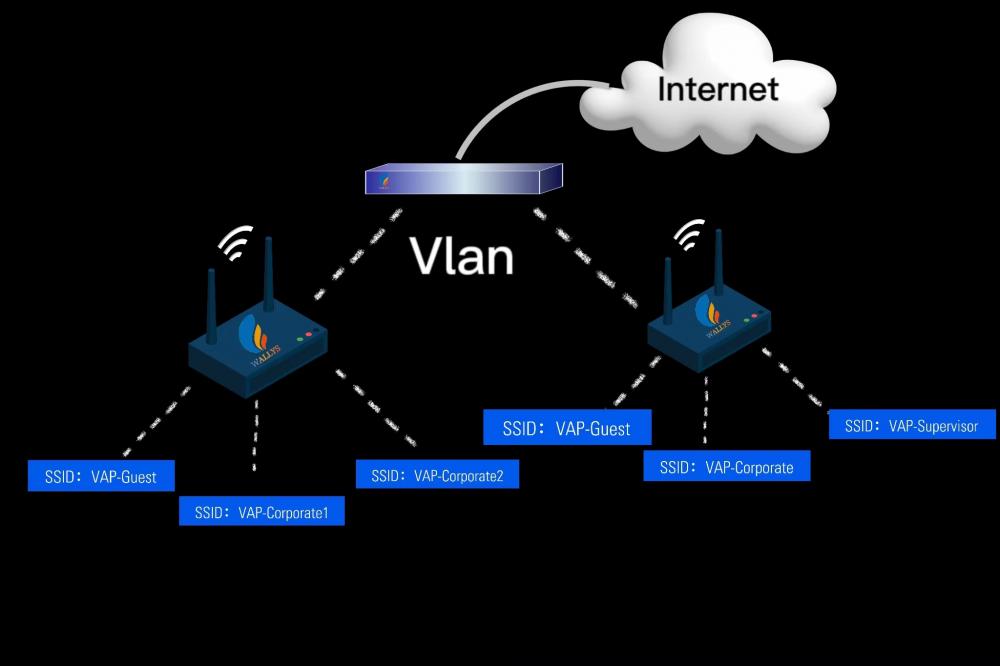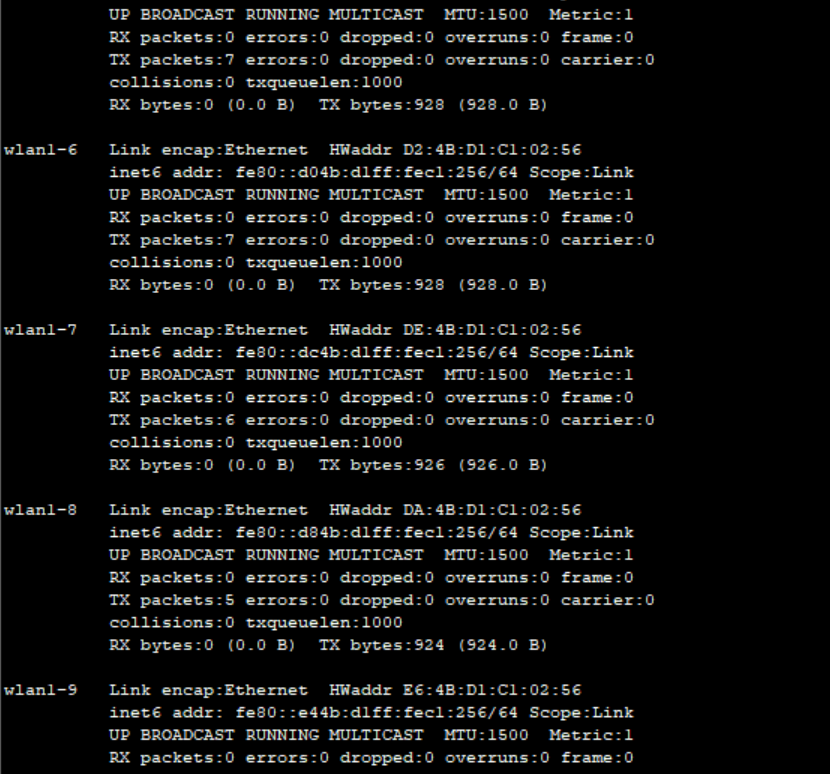VAP and VLAN: Enhancing Network Flexibility and Security
Flexibility and security are crucial factors in building a reliable network infrastructure. Virtual AP (VAP) and Virtual Local Area Network (VLAN) are two key technologies that provide powerful tools for network administrators to achieve network flexibility and security. This article will introduce the concepts, functionalities, and applications of VAP and VLAN in network architectures.
Virtual AP (VAP) is a networking technology that allows the creation of multiple logical access points on a single physical access point, such as a wireless router. With VAP, network administrators can partition a physical network infrastructure into several logical networks, each having its own SSID (wireless network name) and security settings. The primary advantage of VAP is its ability to offer greater flexibility and isolation. Different users or devices can connect to different logical networks, enabling network administrators to better meet diverse network requirements and achieve isolation between different networks.
Virtual Local Area Network (VLAN) is a technology that divides a physical network into multiple logically independent virtual networks. By implementing VLANs, network administrators can create multiple virtual networks within the same physical network, achieving logical isolation. VLANs employ tags in data packets to identify the virtual network to which the data belongs. This allows different users, devices, or services to coexist in the same physical network while restricting communication between them. VLANs provide significant advantages in network management and security. By dividing the network into different VLANs, network administrators can achieve isolation between different users, departments, or security levels, reducing the risks of network congestion and security threats.
VAP and VLAN have wide-ranging applications in network architectures. Virtual AP is primarily used in wireless network environments, catering to the network isolation and security needs of different users or devices. For example, enterprises can utilize VAP to partition office areas, customer zones, and guest areas into separate logical networks, ensuring data security and isolation. VAP can also be applied to public wireless network services in locations like hotels, airports, and cafes, offering improved user experiences and network management.
VLAN, on the other hand, finds its primary application in wired network environments, such as enterprise internal networks and data centers. By using VLANs, network administrators can easily achieve logical segregation between devices and users, enhancing network performance and security. For instance, enterprises can segregate different departments or project groups into separate VLANs, ensuring data flow separation and improving network manageability and security. Additionally, VLANs can be used to segregate and optimize specific types of traffic, such as voice, video, or data, to deliver higher quality of service.
In conclusion, VAP and VLAN are important technologies in networking that provide network administrators with powerful tools to achieve network flexibility and security. Virtual AP and VLAN can be configured flexibly based on specific requirements and environments, offering advantages such as isolation, performance optimization, and security controls. By leveraging VAP and VLAN effectively, organizations can establish efficient and secure network infrastructures, catering to diverse user and device needs while delivering exceptional network experiences.
VAP Test with Wallys DR7915 (#MT7915) DBDC Card
We conducted a test of the Wallys DR7915 DBDC card to determine its capability to create virtual access points (VAPs). First, we connected the DR7915 card with DR40x9 and accessed the routerboard website. Once the routerboard recognized the DR7915 card, we clicked "add" to create a VAP and set it to "AP" or "STA" mode, as shown in the screenshot below.



Based on our testing, Wallys DR7915 can create 10 virtual access points (VAPs) and operate them simultaneously
Based on our testing, Wallys DR7915 can create 10 VAPs and operate them simultaneously. We will continue testing and provide updates in our latest article.
For more products please visit: https://www.wallystech.com/product.html
Follow us in the Youtube:https://www.youtube.com/channel/UClmu7LBz_OWxe2VckkQr3tw
Our product support OpenWRT, please visit our gitbub link for the code:https://github.com/wallystech
Email:sales1@wallystech.com
*博客内容为网友个人发布,仅代表博主个人观点,如有侵权请联系工作人员删除。
eleaction01 阅读:3486